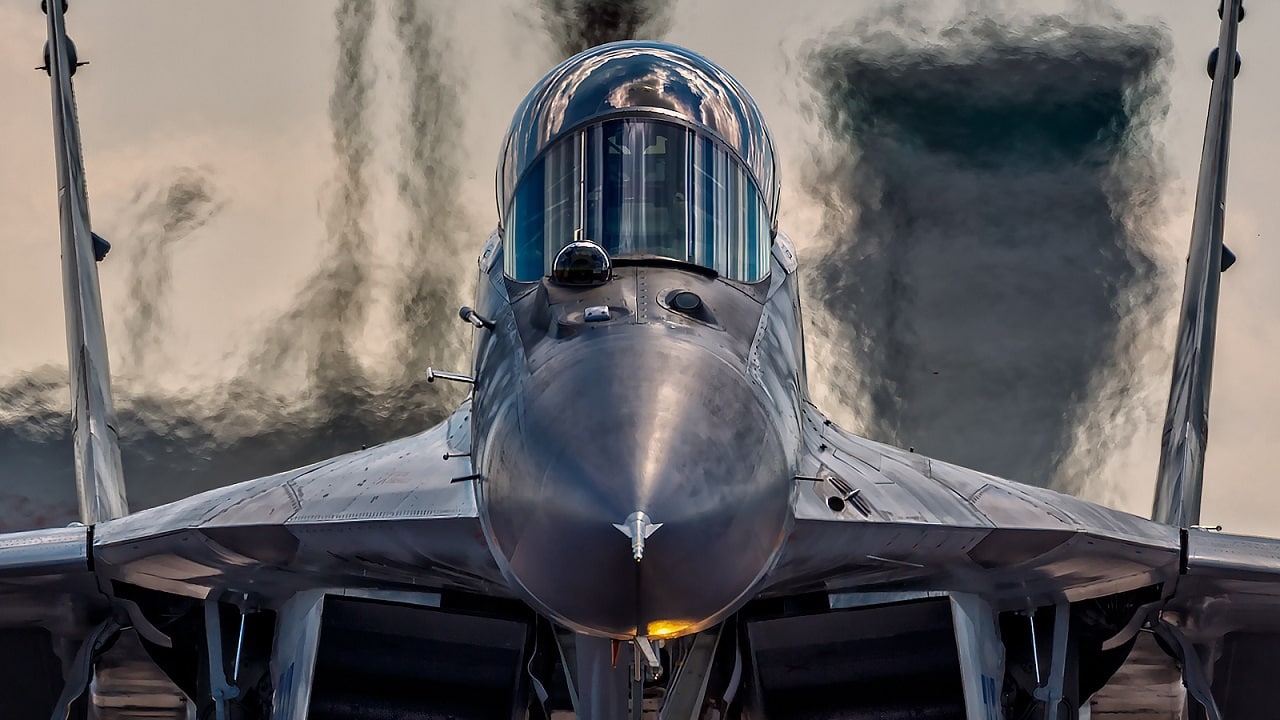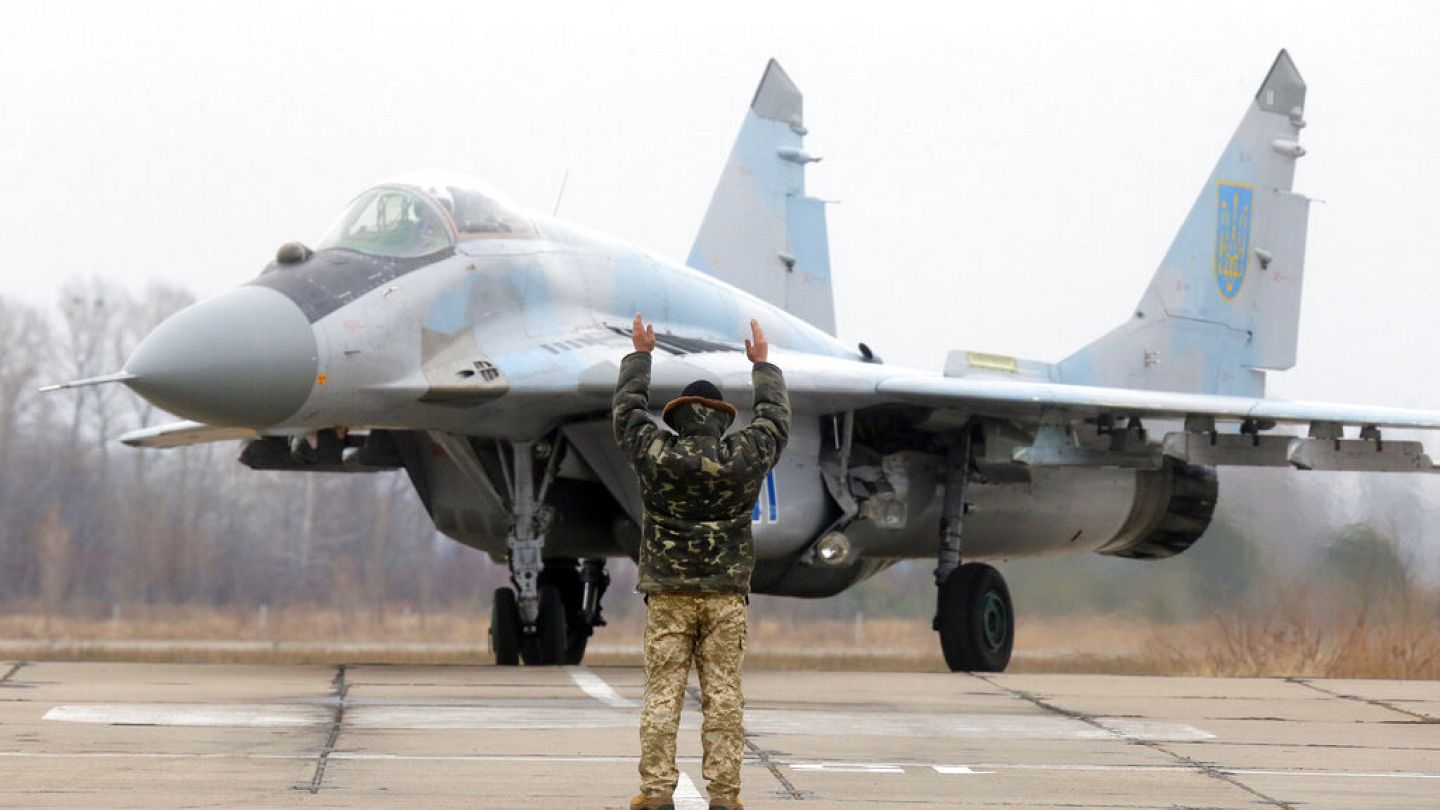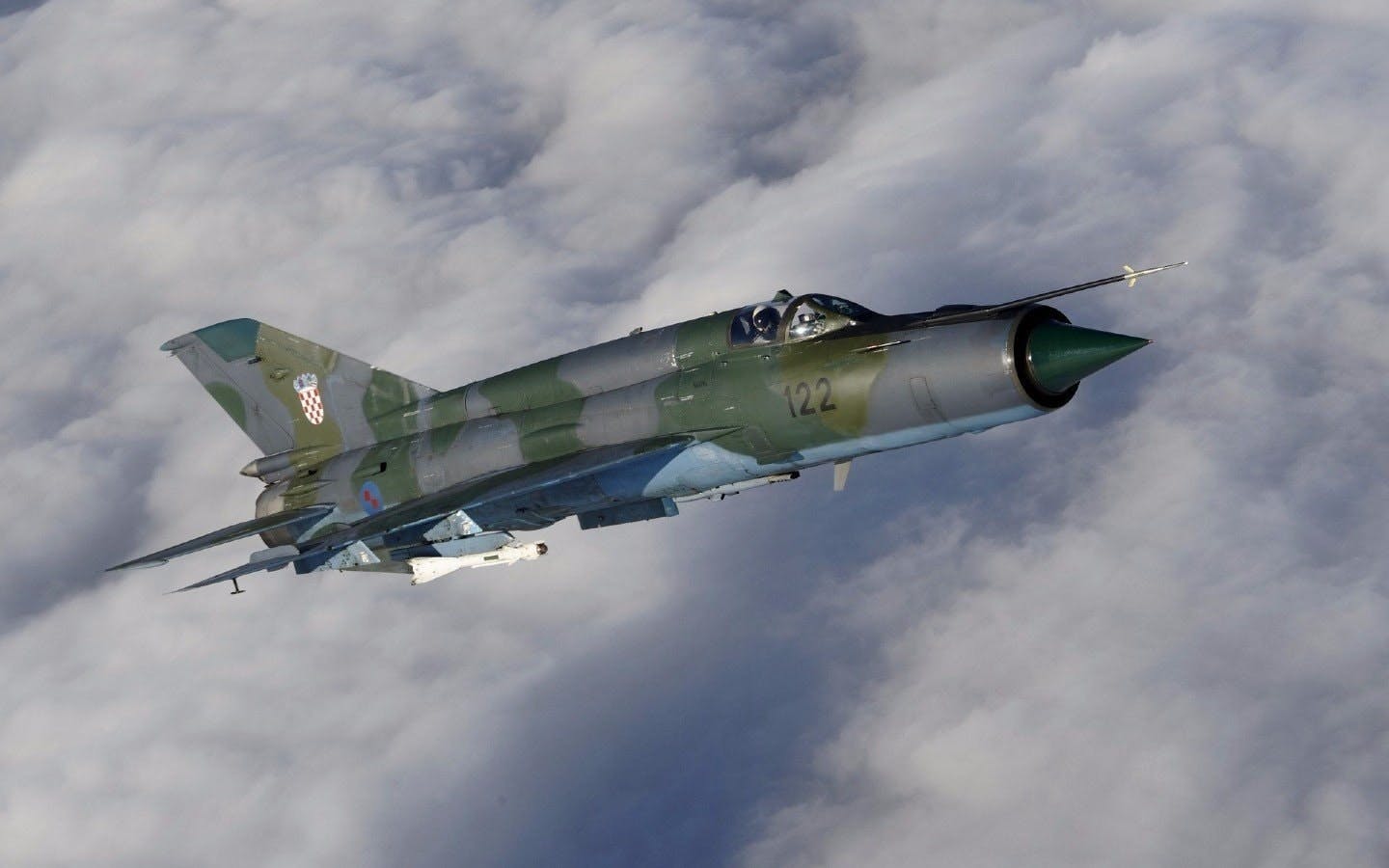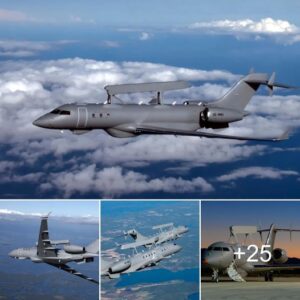The purchase of 21 MiG-29 fighters marks an unconventional approach to military training and preparedness. Typically associated with adversaries, the decision to procure Russian-made aircraft demonstrates a forward-thinking strategy aimed at gaining insights into the capabilities and tactics employed by potential opponents, in this case, Russia.
The MiG-29 acquisition aligns with the US military’s emphasis on diversifying training scenarios. Familiarity with a broad spectrum of aircraft enhances the adaptability and versatility of American forces, preparing them for engagements with a range of adversaries. This approach is especially pertinent in a global landscape where potential conflicts may involve a variety of aircraft from different nations.
Operating MiG-29s in training exercises provides practical insights that go beyond theoretical assessments. Pilots and ground crews gain firsthand experience with the strengths and weaknesses of these Russian-made aircraft. This immersive training environment facilitates the development of tactics, techniques, and procedures tailored to potential engagements with adversaries utilizing MiG-29s.
To optimize the article for search engines, key phrases such as “US military MiG-29 acquisition,” “Russia war training with MiG-29,” and “American forces studying Russian aircraft” are strategically incorporated. This ensures that individuals seeking information on the US military’s unconventional approach to training for potential conflicts with Russia can readily find and access this content.
In conclusion, the acquisition of 21 MiG-29 fighters by the US military for training purposes underscores a strategic commitment to readiness and adaptability. By diversifying training scenarios and gaining practical insights into Russian aircraft, American forces aim to enhance their preparedness for the complexities of modern warfare, reflecting a proactive stance in addressing evolving geopolitical challenges















